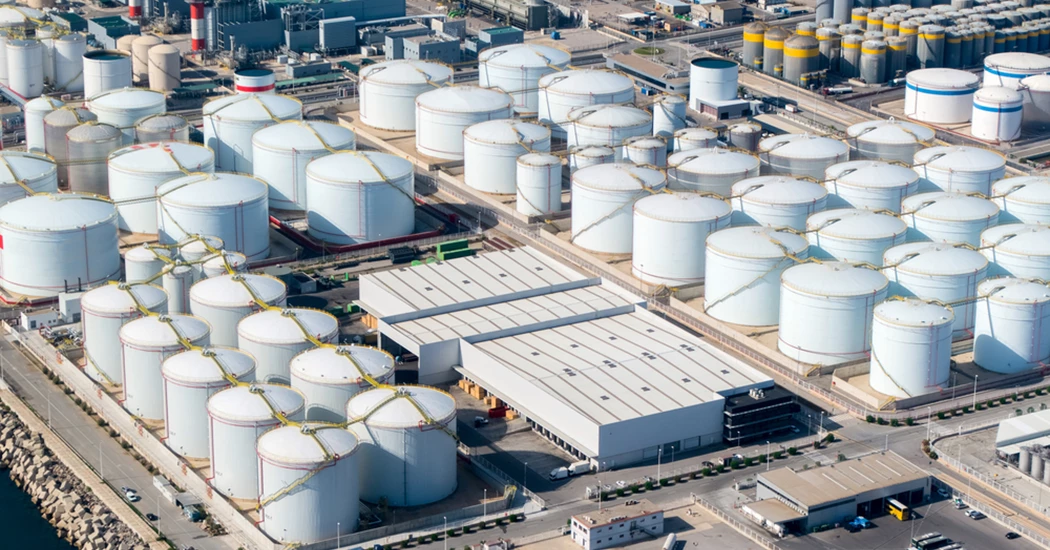Transitioning oil market lays bare forecasters’ divergent assumptions
Oil demand forecasting in the energy transition age is perhaps like an abstract art form. There might even be an equally persuasive case that it is, and always was, an inexact science.
The ‘scientists’ would have you believe there are established rules and proven methods deployed in arriving at a particular conclusion on how much black gold the world craves in any given calendar year and beyond. For the ‘artists’, demand forecasting may involve some indeterminate creativity and the odd guestimate.
Oil demand scientists
But whether it is an art or science or a ‘crude’ potpourri offering whiffs of both – demand forecasting is a critical feature of the global oil market. And there is no shortage of oil demand scientists or artists raising their heads above the parapet to offer market projections. That’s despite the risk of being way off the mark, as they inevitably tend to be.
Two such outlets are the forecasters at think-tank International Energy Agency (IEA) and producers’ group the Organization of Petroleum Exporting Countries (OPEC). Until recently, markets typically saw their demand projections in the vicinity of each other’s figures plus or minus single-digit percentages.
Blockbuster divergence in market projections
All that changed in October 2023, after the IEA predicted oil demand would peak in 2030. It's Executive Director Dr Fatih Birol emphatically declared: “The transition to clean energy is happening worldwide and it's unstoppable. It's not a question of 'if', it's just a matter of 'how soon' – and the sooner the better for all of us.”
The said “peaking” would happen around the 97 million barrels per day (bpd) global demand mark sometime in the 2030s, he noted, down from levels of around 102 million bpd in the 2020s. Additionally, the IEA said demand will likely stay there for a few decades before falling even further.
In October, it also revised its near-term demand growth forecast for 2024 to 1.1 million bpd, only to subsequently raise it in March to 1.3 million bpd, and then knocked it down again in April to 1.2 million bpd. The IEA also offered a forecast of 1.1 million bpd growth for 2025 – “bringing a peak in consumption into view this decade."
The think-tank’s predictions are where OPEC’s viewpoints don’t converge. Last year, the producers’ group was quick to criticise what it described as overblown negative sentiment and a "history of unrealised peaks". It also put out its own global demand forecast reaching 116 million bpd by 2045 from current levels.
Unlike the IEA, OPEC has chosen to keep its demand growth forecast for 2024 steady at 2.25 million bpd. It also predicts growth in 2025 to be 1.85 million bpd. As a result, OPEC’s forecasts are currently 87% and 68% higher than the IEA’s for 2024 and 2025 respectively.
Who’s off the mark?
Such a blockbuster divergence in projections makes it even more likely that one or both will be widely off the mark. For argument’s sake, let’s say the actual growth figure for 2024 would be somewhere in the modest middle at 1.725 million bpd; an average of both projections.
Even then, all things being equal, the high, low and average growth projections can all effectively be serviced by non-OPEC supply growth alone in 2024. That’s because non-OPEC production led by the US, along with Brazil, Canada, Norway and Guyana, the newest member of the global crude producers’ club, is rising at a canter.
Looking at US production=
Specifically, in context of the US, the country’s crude production will rise by around 280,000 bpd in 2024 to 13.21 million bpd, and by 510,000 bpd to 13.72 million bpd in 2025, according to the US Energy Information Administration (EIA). It had previously estimated output to rise by 260,000 bpd in 2024 and by 460,000 bpd in 2025. But the spirit of private enterprise seems to be driving production to yet newer highs stateside.
Furthermore, the EIA noted: “Some OPEC+ participants may push to reduce or end their production restraint after the first quarter of 2024, in which case production may increase higher than our forecast and lead to lower prices.” That price range is looking like $85-95 per barrel using Brent as a benchmark, hardly a sign of a commodity in terminal decline.
A fool’s errand?
As for the long-term, there is tangible belief that human mobility, especially ground transportation, would gradually transition away from internal combustion engines to electric vehicles. But equal credence should be lent to arguments in favour of there being a healthy demand for crude oil for decades to come from aviation and petrochemicals where there are no viable substitutes yet.
How the world navigates its ongoing energy transition would ultimately dictate where oil demand will go. This will be contingent on regulatory reforms in multiple countries, intergovernmental and diplomatic efforts, energy economics and market dynamics.
Therefore, predicting when peak demand will hit the global oil market is a fool’s errand, especially when we can’t even build consensus on what demand growth will look like in a couple of years. Nonetheless, the abstract artists and inexact scientists will still valiantly try despite their projections going awry.
- Gaurav Sharma is a London-based energy market analyst, commentator and a former global investment banking analyst. He is a regular contributor to global academic forums, energy industry events and OPEC conference streams.
Energy Connects includes information by a variety of sources, such as contributing experts, external journalists and comments from attendees of our events, which may contain personal opinion of others. All opinions expressed are solely the views of the author(s) and do not necessarily reflect the opinions of Energy Connects, dmg events, its parent company DMGT or any affiliates of the same.
KEEPING THE ENERGY INDUSTRY CONNECTED
Subscribe to our newsletter and get the best of Energy Connects directly to your inbox each week.
By subscribing, you agree to the processing of your personal data by dmg events as described in the Privacy Policy.
















